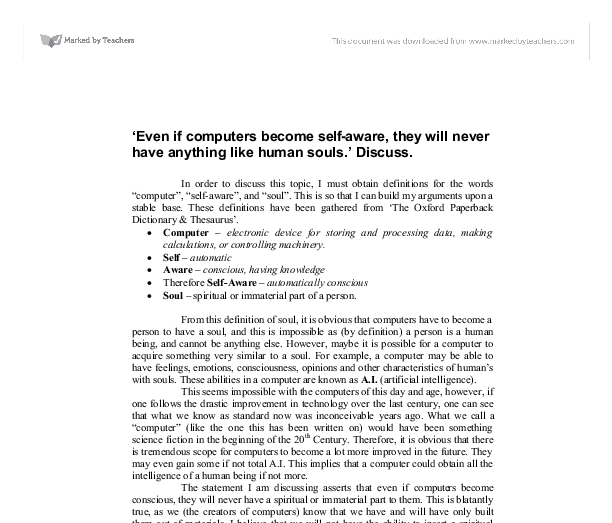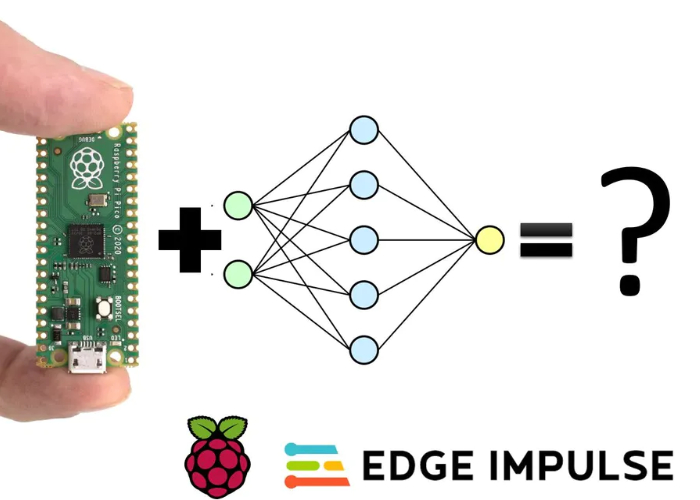
Researchers should look at different approaches to AI in order for it to be more easily understood. While some explainability methods attempt to explain the reasoning behind AI decisions and others are more general, they can also be used to provide an explanation that is not dependent on context. This may make them seem absurd. Others, however, attempt to integrate knowledge-based systems and make explanations more relevant to context. Whichever approach you choose, make sure that you are taking the context into account.
Explanations should be interactive
In order to create an explainable artificial intelligent system, it is essential to design it in a way that it is both interactive and useful for users and system owners. This is because people have different preferences and previous experiences that influence their choices. System owners should be aware that they may interpret similar explanations in different ways. Interactive explanations demonstrate that the system is adaptable and can be tailored to each person.

To create an explanationable artificial intelligence app, the second step is to determine what level of detail users require. While a counterfactual explanation might be enough to explain even the smallest of changes in the model, an interactive explanation will require more effort. Contrary to the counterfactual explanation, it will only describe the output of a system and not reveal its inner workings. This method of explanation can be useful for protecting intellectual propriety.
Interactive AI systems must be able to combine diverse data in order to yield a relevant result. An AI system that can't provide such detailed explanations isn't suitable for clinical usage. The machine's decision-making process must be understood and interpreted by human experts. This requires a high level of confidence and trust in the machine's decisions. For personalized medicine in the future, it is essential to have high levels of explainability.
Background knowledge should be used to provide meaningful semantics
This article will explain how background information can be used for meaningful semantics in explicable artificial intelligence system. Background knowledge can be derived from domain knowledge. Experiments can also provide background knowledge. Background knowledge is useful for explaining human-machine interactions. We will also explore how background information can be used to enhance performance in sub-symbolic models.
The importance of background knowledge for explainability is well-known, and it has been widely recognized in psychology. Research has shown that explanations are socially-oriented, and include semantic information. It is crucial for effective knowledge transmission. Hilton (1990) states that explanations are a result of social interactions and semantic information. Kulesza et al. (2013) also found positive relationships between mental models, explanation properties, and these. The authors also discovered a link between completeness (soundness), and trust.

As AI is used more, the demand for explanations has increased. The ability to explain AI systems requires techniques and methods that are transparent and trustworthy. To develop understandable artificial intelligence systems that are trustworthy and transparent, it is important to know the user's needs. This will enable AI systems to trust humans. For a better explanation of how AI systems are developed, please refer to the following background knowledge.
FAQ
How does AI work?
An artificial neural system is composed of many simple processors, called neurons. Each neuron processes inputs from others neurons using mathematical operations.
Neurons can be arranged in layers. Each layer has a unique function. The first layer receives raw data, such as sounds and images. These data are passed to the next layer. The next layer then processes them further. Finally, the last layer generates an output.
Each neuron also has a weighting number. This value is multiplied with new inputs and added to the total weighted sum of all prior values. If the number is greater than zero then the neuron activates. It sends a signal along the line to the next neurons telling them what they should do.
This process repeats until the end of the network, where the final results are produced.
Who is leading the AI market today?
Artificial Intelligence (AI), a subfield of computer science, focuses on the creation of intelligent machines that can perform tasks normally required by human intelligence. This includes speech recognition, translation, visual perceptual perception, reasoning, planning and learning.
Today there are many types and varieties of artificial intelligence technologies.
There has been much debate about whether or not AI can ever truly understand what humans are thinking. But, deep learning and other recent developments have made it possible to create programs capable of performing certain tasks.
Google's DeepMind unit in AI software development is today one of the top developers. It was founded in 2010 by Demis Hassabis, previously the head of neuroscience at University College London. DeepMind developed AlphaGo in 2014 to allow professional players to play Go.
What are the potential benefits of AI
Artificial Intelligence (AI) is a new technology that could revolutionize our lives. It has already revolutionized industries such as finance and healthcare. And it's predicted to have profound effects on everything from education to government services by 2025.
AI is already being used for solving problems in healthcare, transport, energy and security. As more applications emerge, the possibilities become endless.
What is it that makes it so unique? First, it learns. Unlike humans, computers learn without needing any training. Instead of being taught, they just observe patterns in the world then apply them when required.
AI stands out from traditional software because it can learn quickly. Computers can scan millions of pages per second. They can recognize faces and translate languages quickly.
It doesn't even require humans to complete tasks, which makes AI much more efficient than humans. It can even outperform humans in certain situations.
2017 was the year of Eugene Goostman, a chatbot created by researchers. The bot fooled dozens of people into thinking it was a real person named Vladimir Putin.
This is proof that AI can be very persuasive. Another benefit is AI's ability adapt. It can also be trained to perform tasks quickly and efficiently.
This means businesses don't need large investments in expensive IT infrastructures or to hire large numbers.
What's the status of the AI Industry?
The AI industry is expanding at an incredible rate. The internet will connect to over 50 billion devices by 2020 according to some estimates. This will mean that we will all have access to AI technology on our phones, tablets, and laptops.
Businesses will have to adjust to this change if they want to remain competitive. If they don’t, they run the risk of losing customers and clients to companies who do.
You need to ask yourself, what business model would you use in order to capitalize on these opportunities? Do you envision a platform where users could upload their data? Then, connect it to other users. Perhaps you could offer services like voice recognition and image recognition.
No matter what you do, think about how your position could be compared to others. Even though you might not win every time, you can still win big if all you do is play your cards well and keep innovating.
Is AI possible with any other technology?
Yes, but not yet. Many technologies have been developed to solve specific problems. However, none of them can match the speed or accuracy of AI.
Statistics
- The company's AI team trained an image recognition model to 85 percent accuracy using billions of public Instagram photos tagged with hashtags. (builtin.com)
- In 2019, AI adoption among large companies increased by 47% compared to 2018, according to the latest Artificial IntelligenceIndex report. (marsner.com)
- While all of it is still what seems like a far way off, the future of this technology presents a Catch-22, able to solve the world's problems and likely to power all the A.I. systems on earth, but also incredibly dangerous in the wrong hands. (forbes.com)
- More than 70 percent of users claim they book trips on their phones, review travel tips, and research local landmarks and restaurants. (builtin.com)
- According to the company's website, more than 800 financial firms use AlphaSense, including some Fortune 500 corporations. (builtin.com)
External Links
How To
How to set up Google Home
Google Home, a digital assistant powered with artificial intelligence, is called Google Home. It uses sophisticated algorithms, natural language processing, and artificial intelligence to answer questions and perform tasks like controlling smart home devices, playing music and making phone calls. You can search the internet, set timers, create reminders, and have them sent to your phone with Google Assistant.
Google Home works seamlessly with Android phones or iPhones. It allows you to access your Google Account directly from your mobile device. If you connect your iPhone or iPad with a Google Home over WiFi then you can access features like Apple Pay, Siri Shortcuts (and third-party apps specifically optimized for Google Home).
Like every Google product, Google Home comes with many useful features. It will also learn your routines, and it will remember what to do. So when you wake up in the morning, you don't need to retell how to turn on your lights, adjust the temperature, or stream music. Instead, you can say "Hey Google" to let it know what your needs are.
These steps will help you set up Google Home.
-
Turn on Google Home.
-
Hold the Action Button on top of Google Home.
-
The Setup Wizard appears.
-
Select Continue
-
Enter your email and password.
-
Click on Sign in
-
Google Home is now available